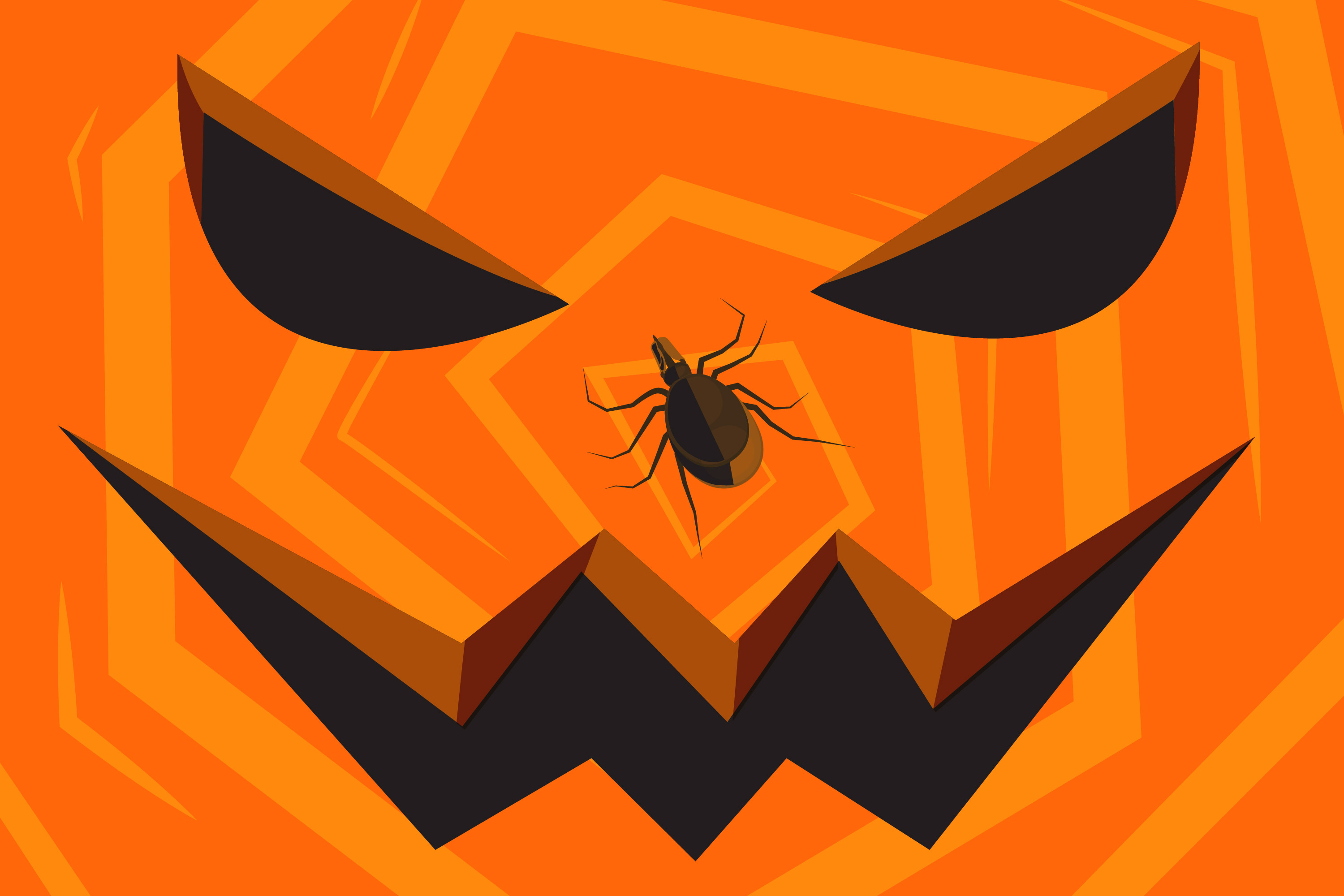Tick-or-Treat: A scary new arrival in Connecticut
Venturing outdoors at this time of year can be a real treat – but don’t let your guard down. Even as temperatures drop, stay on the lookout for potentially tricky ticks lurking, always on the hunt for their next bloody meal. This won’t come as a surprise to seasoned Connecticut residents, but what may be chill-inducing is that in the past two years, the state has seen as many new tick species call Connecticut home: 2017 brought the first established population of Lone Star ticks, and they were soon followed by the Asian longhorned tick in 2018.
New ticks bring new health concerns. UConn associate professor of pathobiology Paulo Verardi explains the significance of the Asian longhorned tick, and how he and his team have been anticipating the species’ arrival.
Q. Can you explain why it’s important that the Asian longhorned tick has been reported in Connecticut?
A. The Asian longhorned tick (Haemaphysalis longicornis) is common in East Asia, as well as parts of Central Asia, Australia, and some Pacific islands. Hundreds, if not up to thousands of these ghastly, small, blood-sucking “vampires” may be found crawling or attached to a single animal, potentially leading to anemia, exsanguination, and death. They can transmit parasitic infections in livestock, but are also known to transmit a number of tick-borne diseases to humans. One particularly frightening fact about these ticks is that they can reproduce asexually by parthenogenesis, a process where eggs from a female tick develop into viable ticks without fertilization by a male tick. In theory, a single tick can establish a new population in a new location, and since these ticks feed on a variety of both small and large mammals and birds, they have the capability of rapid geographical expansion.
In fact, last year an infestation of a single sheep was mysteriously discovered in a rural property in the state of New Jersey, and this year longhorned ticks have been found in nine states in the Eastern part of the U.S., including Connecticut. This suggests that these exotic ticks are spreading rather successfully (although multiple and past introductions cannot be ruled out), and likely by parthenogenesis. If that is not scary enough, earlier this month a human bite by the invasive longhorned tick was reported in a resident from Western Connecticut.
Links of interest:
Asian longhorned tick: https://www.cdc.gov/ticks/longhorned-tick/index.html
Human bite in CT: https://www.ct.gov/caes/lib/caes/documents/publications/press_releases/2018/caes_press_release_asian_longhorned_tick_10-1-18.pdf
Q. The disease these ticks are notoriously known to transmit to humans – severe fever with thrombocytopenia syndrome (SFTS) – hasn’t been found here. Do you expect this to remain true?
A. The Asian longhorned tick has received particular attention in the past few years because it has been associated with the transmission of an emerging viral disease in China, South Korea, and Japan, called SFTS. As the name indicates, SFTS is quite severe and can lead to death. Luckily, thus far there have been no reports of STSV in the U.S., and although the potential exists for its introduction, at this point, that seems to be unlikely. However, a close relative of SFTS virus, named Heartland virus, has been recently discovered in the U.S. The disease caused by Heartland virus can also be deadly, and the potential for Heartland virus to also be spread by the invasive longhorned ticks cannot be ruled out.
Links of interest:
SFTS news conference in Japan: https://www.npr.org/2017/09/08/549373782/a-tick-gets-away-at-a-news-conference-about-diseases-ticks-carry
SFTS virus: https://wwwnc.cdc.gov/eid/article/24/5/15-1435_article
Heartland virus: https://www.cdc.gov/heartland-virus/index.html
Q. Can the Asian longhorned tick transmit any other endemic tick-borne diseases?
A. Scare Alert: Yes! The Asian longhorned tick is known to transmit a number of tick-borne diseases of agricultural relevance, such as bovine theileriosis, and of public health relevance, such as anaplasmosis, ehrlichiosis, babesiosis, Powassan virus disease, and potentially even Lyme disease. However, the capacity of the introduced ticks to act as efficient vectors for our “local” tick-borne pathogens is not known, although it is being carefully monitored and investigated. As with any invasive species, it is hard to predict the impact that this exotic tick introduction will have in the U.S. and the state of Connecticut, but the potential exists for great harm to livestock, wildlife, pets, and humans. My own prediction is that this new tick introduction and spread could be a game changer (sadly for the worst) in our local tick-borne disease ecosystem. A recent CDC study found that the number of reported vector-borne disease cases tripled in the U.S. from 2004 to 2016, with the introduction of seven new tick-borne pathogens that can infect people. The addition of the longhorned tick to this mix is likely to only exacerbate the problem.
Links of interest:
CDC report on mosquito and tickborne diseases: https://www.cdc.gov/vitalsigns/vector-borne/
Q. Can you explain your research with SFTS and other tick-borne diseases?
A. In the summer of 2017, my laboratory started work on the development of vaccines for a number of emerging tick-borne diseases caused by viruses, including SFTS virus, Heartland virus, Bourbon virus (another recently discovered tick-borne virus of public health relevance in the Midwest and Southern U.S.), and Powassan virus, the latter being already well known to Connecticut residents. We were particularly concerned about the spread of SFTS in Asia, and wanted to be one step ahead of the disease. Our immediate goal is to determine the protective immune responses that can trick these viruses, so that the information learned can be used to help advance the development of vaccine candidates and other countermeasures. But in the meantime, remember to think T.I.C.K., or you will be bound to be tricked!
Links of interest:
Bourbon virus: https://www.cdc.gov/ncezid/dvbd/bourbon/index.html
Powassan virus: http://www.courant.com/news/connecticut/hc-powassan-virus-connecticut-victim-recovering-20170421-story.html
Think T.I.C.K.: https://tickencounter.org/think_tick_take_action
Check for ticks daily, and often, even during the cooler months. The most reliable diagnostic tests are those done on the ticks themselves, so if you find one, don’t flush it. Save it for testing.



